Why Are Teens Growing Disinterested in Automobiles?

When I was an adolescent, it was made clear to me that the first step toward adulthood was getting my driver’s license. Even without an automobile, it provided unimaginable freedoms and brought me closer to my goal of doing a burnout in the high school parking lot. That dream was ultimately achieved, leaving me to rethink roadway safety as my first car was loaded onto a flatbed while the scent of tire smoke and bleach clung to my clothing.
Fortunately, hitching a ride home was easy, as most of my friends had also acquired licenses and cars of their own. But that’s probably not going to be the case for teens coming of driving age in these modern times.
According to the Federal Highway Administration, the percentage of American teenagers bothering to get their licenses has effectively plateaued at a low point. Nearly 48 percent of 16-year-olds in this country could legally drive in 1984; that number settled to just 25.6 percent in 2018. The reasons are more complicated than just the younger generation’s snubbing of the automobile.
A Bloomberg report recently examined the data-faulted restrictions imposed in the 1990s. These included raising the number of “practice hours” those under 18 have to endure (with a guardian) before getting the important slip of paper, minimizing the number of passengers they can carry once they have a license, and rules against driving late at night. Despite walking back teenage freedom to some degree, it’s broadly believed these initiatives helped improve roadway safety by not throwing young drivers into the pool without supervision.
But creating more hoops for teens to jump through may also have discouraged them from rushing out to get their license.
While some of this has simply shifted the age brackets for when younger people decide to pick up their driving certification, trending older, Bloomberg believes it had broader implications on society as a whole:
Still, there are ample indications that the acquisition of driver’s licenses isn’t only being delayed. Licensed drivers’ share of the population has continued to rise as the population ages, but according to transportation researcher Michael Sivak — who has done more than anyone to raise awareness of this shift — members of every age cohort under 45 were less likely to have a license in 2018 than in 1983. Among those ages 25 to 29, 85.7 percent had licenses in 2018, down from 95.6 percent in 1983. Also, Americans in their 30s and 40s used to be much more likely to have licenses than those in their 60s. Now they’re less likely to have them.
Pretty much every group under the age of 50 has seen a smaller percentage of drivers since the 1980s. In 1983, 94.9 percent of adults between 35 and 39 held a valid license. That number dropped to 90.9 percent for 2018. For Americans aged 20 to 24, the figures went from 91.8 to 80.1 percent over the same period.
Urbanization undoubtedly plays a role here. More people live in cities than ever before, and a hefty chunk of them rely on public transportation or ride sharing. However, your author has also convinced himself that the defunding of driver’s education programs has to be similarly relevant. Decades ago, you could practically guarantee the local high school offered some form of driver’s ed.
Unfortunately, liability concerns and a growing focus on college admissions requirements have discouraged many schools from bothering. As a result, vehicular training courses suffered the same fate as shop class. Some teens without parents willing to pay for their education elsewhere will certainly scrounge up the cash for themselves, but there will also be a contingent you’ll have to catch young if you’re going to catch them at all.
[Image: RomanR/Shutterstock]

A staunch consumer advocate tracking industry trends and regulation. Before joining TTAC, Matt spent a decade working for marketing and research firms based in NYC. Clients included several of the world’s largest automakers, global tire brands, and aftermarket part suppliers. Dissatisfied with the corporate world and resentful of having to wear suits everyday, he pivoted to writing about cars. Since then, that man has become an ardent supporter of the right-to-repair movement, been interviewed on the auto industry by national radio broadcasts, driven more rental cars than anyone ever should, participated in amateur rallying events, and received the requisite minimum training as sanctioned by the SCCA. Handy with a wrench, Matt grew up surrounded by Detroit auto workers and managed to get a pizza delivery job before he was legally eligible. He later found himself driving box trucks through Manhattan, guaranteeing future sympathy for actual truckers. He continues to conduct research pertaining to the automotive sector as an independent contractor and has since moved back to his native Michigan, closer to where the cars are born. A contrarian, Matt claims to prefer understeer — stating that front and all-wheel drive vehicles cater best to his driving style.
More by Matt Posky
Latest Car Reviews
Read moreLatest Product Reviews
Read moreRecent Comments
- Dale Quelle surprise.
- 3SpeedAutomatic Nice looking, but IIRC, there was an issue with these engines where a knock would develop. That may account for the very low milage. 🚗🚗🚗
- Redapple2 Used to watch F 1 a great deal. Now? F1 Random thoughts:1 Silly rules bug me. Must use 2 types of tire. Cant refuel. Drag reduction can only be used in certain areas of the track and only if you are so close to the car in front.2 Passing is rare. Pole sitter wins a high % of the time.3 A new team can only start in F1 if they get the blessing of the overlords. Evil gm Vampire was barred. How about this. Anybody with a car that meets the construction rules can try. If your speed qualifies and you pay the entry fee. You re in. So is anybody else. 4 I tune in for Martin Brundle's grid walk. In my life, it s must see tv. But he is often bumped or cancelled. Grid walk takes place 1 out of 3 or 4 races.5 So, because of this utter bull sheet and other points, I ve migrated to IMSA and MotoGP. I might catch a summary on the youtube.
- Redapple2 I retract my comments and apologize.
- Flashindapan I always thought these look nice. I was working at a Land Rover dealership at the time the LR3 came out and we were all impressed how much better it was then the Discovery in just about every measurable way.

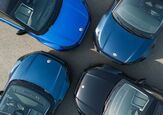














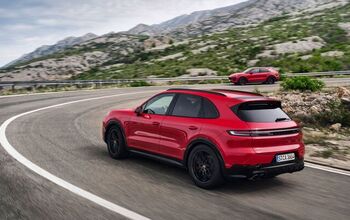


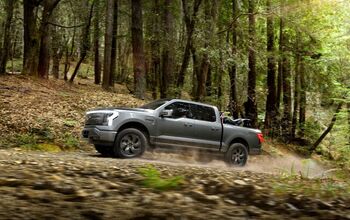
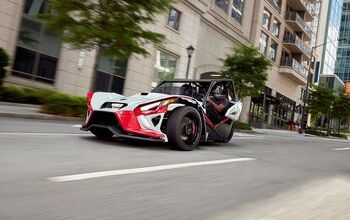


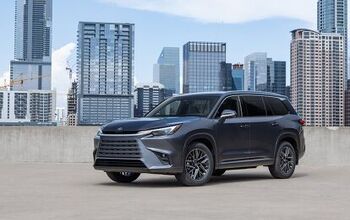

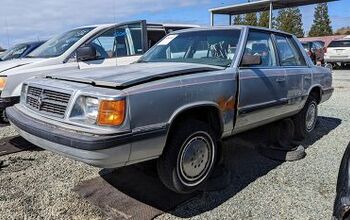
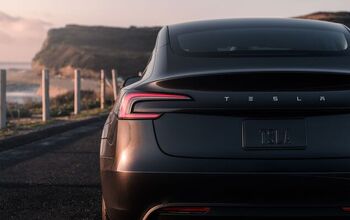
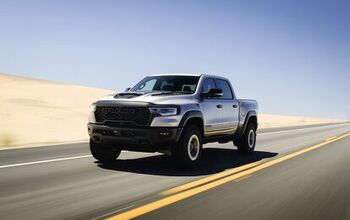
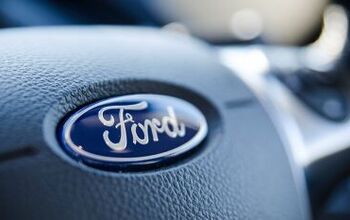

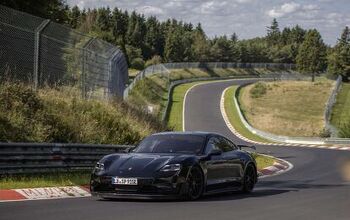
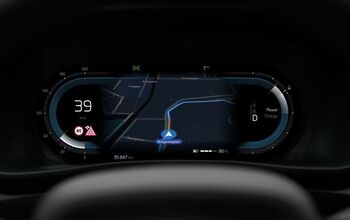

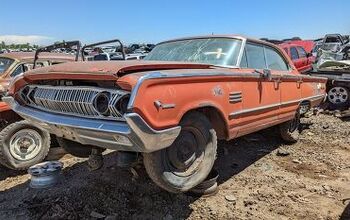
Comments
Join the conversation
I can't imagine not having gotten my license on my 16th birthday. Parents both worked and couldn't cart me around to the few activities I could think to amuse myself, and I needed at least a license. I worked summers at Tree Trust, an organization specializing in providing employment to young people for 20 hours per week over the summer, making $5.25 an hour. Over 2 summers, when I was 14 and 15, I earned enough to put myself through driver's ed, and buy a cheap car. I took driver's training 6 months shy of my 15th birthday, got my permit a week after my birthday. Then I was off to the races. I wish I could have had more reliable access to a car in high school so I could have done PSEO courses at the local community college, but I couldn't. Overall, having a license and car has always been a part of my life goal. Then again, I came of driving age 17 years ago.
Granted, I'm a Millennial, as opposed to the generation that comes after us who seem not to be in a rush to drive (many seem to forget or choose to ignore that the oldest of us are looking down the barrel of the big 40 for birthdays, though I'm not there quite yet!). There were (are) many in my generation who never had an interest in driving, either. Some didn't until later when relying on others or on public transport didn't fit the demands of their job or where they live. To me, there are a few reasons that putting off or avoiding driving has become a thing: For one, it's actually more difficult to get a license and to drive within the restrictions of being underage. When I was starting to drive, you could get a permit at 14, drive with licensed adult riding shotgun. You did this for a year if you didn't opt to take driver's ed. Then you could go in, show your permit, take your practical test, and if you passed, you left with freedom in your pocket. Curfew? Midnight. Nothing else. Just park it by 12:00am so you can wake up for school. Another thing is that cars are expensive to insure, expensive to fix, and they frankly have the personality of a receptionist in a drably lit office who never smiles and wears clothes someone triple her age would enjoy. Even cheap used cars up until the past decade or so had some personality. You could get an older car and learn to work on it. Today? If you want something under a decade old, or 15 years, it's all the same crap. Anything cool from the 90's is either used up and dying, or if it's worth a damn, is being sold for a higher price (nicely preserved American mid-size, mid-market cars from the 90's seem to be selling for at least a few thousand, which some see as too much. Hell, 10 years ago, I already paid that price for them!). What's that leave for cheap first cars? Gee, can't wait to get behind the wheel of that...2010 CR-V/Rav4/Prius/must-bleed-to-feel-alive-when-you-drive-it-borebox...woo. hoo.